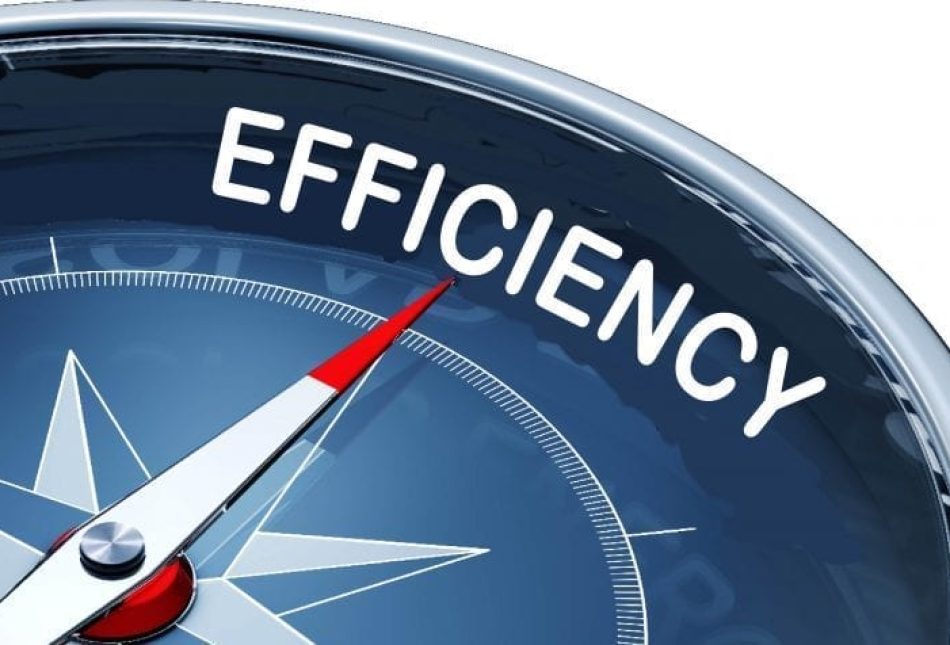Target Higher Ed Inefficiency

It is no secret that, despite significant tax hikes passed during this year’s special legislative session, New Mexico’s budget picture remains bleak. The good news is that through greater efficiency and modest spending cuts, policy-makers can avoid further tax hikes.
One area that must be in focus is higher education, an area the Rio Grande Foundation research has found to be the most bloated in terms of employment in the nation.
In the last five years, the cost of running New Mexico’s colleges and universities has increased almost $200 million, with total budgets for postsecondary institutions rising from $850 million to over $1 billion. An analysis of budgets from 2004 and 2009 shows that per student cost increases account for at least $60 million of the total increase. This total increase was slightly mitigated (about $14 million) by per student cost decreases at some schools.
In Albuquerque, home to the two largest public institutions of higher learning in New Mexico, we have representatives of both the profligate and the thrifty. At the University of New Mexico, the state’s largest institution, the total costs per full-time student has increased $1,397 over the last five years, at a rate double inflation. On the other hand, the state’s second largest institution, Central New Mexico Community College has moved in the opposite direction, reducing costs by $531 per student.
Out of 23 institutions, UNM had the sixth highest increase while CNM had the fifth highest decrease. UNM’s per student cost increases add up to $29 million, while CNM’s reductions save $7 million.
CNM doesn’t just beat out UNM, a four-year research university. It also does well when compared to its peers. CNM is the fifth least expensive community college in the state, only $700 more per student than least-cost NMSU-Doña Ana, whereas the worst-performing community college has per student costs twice as high.
The wide differences suggest that New Mexico is getting less for its education dollars than it could if higher education budgets were more like CNM’s and less like UNM’s. Inefficient schools don’t just waste taxpayer dollars, they use those dollars to lure students who otherwise might enter the workforce or shop around for cheaper tuition. Too many students find out after graduation that even with their heavily subsidized educations, supplemented by student loans and money from parents, that they cannot find a job commensurate with their investment. This is directly tied to the problem of inefficient higher ed.
In a normal market, customers look for combinations of price and quality that are affordable and offer a positive return — benefits are greater than costs. Different institutions offer competitive packages, either more quality for the same price, or a lower price, with a different quality, but greater return per dollar. This market process reduces costs while at the same time helping match needs to abilities, using prices to bring these into coherence. In a free market in higher education, the schools would provide educations that would simultaneously serve students and potential employers.
But schools often use state money to pursue an increasingly long list of “goods” that they say they cannot do without and then wind up in budget crises. This problem is the direct result of a failure to properly prioritize spending projects.
One possible way to make higher education more market-like is to offer vouchers that students could use at New Mexico higher education institutions. The dollar amount of the vouchers would be fixed, and tuition would make up the rest of the cost. If the voucher was more than the tuition, some of the money could be paid back to the students upon completing their educations. This would incentivize the students to be better shoppers and the schools to think carefully about their price-quality mix.
Some might argue that more spending is justified to maintain educational standards, provide competitive pay for faculty, or to support exciting new programs. This could be true. Are these costs worth it? We put the burden of proof on those schools, like UNM that have generated large per student cost increases. It seems more likely that because higher education funding is not tied to performance, New Mexico schools have simply heedlessly continued to spend despite ongoing trouble in the economy. We want to encourage schools to be like CNM in their forward-looking management, not continue to bail out inefficient institutions.
Kevin Rollins is an adjunct fellow with New Mexico’s Rio Grande Foundation. The Rio Grande Foundation is an independent, non-partisan, tax-exempt research and educational organization dedicated to promoting prosperity for New Mexico based on principles of limited government, economic freedom and individual responsibility.

